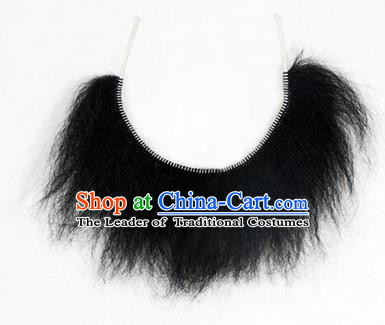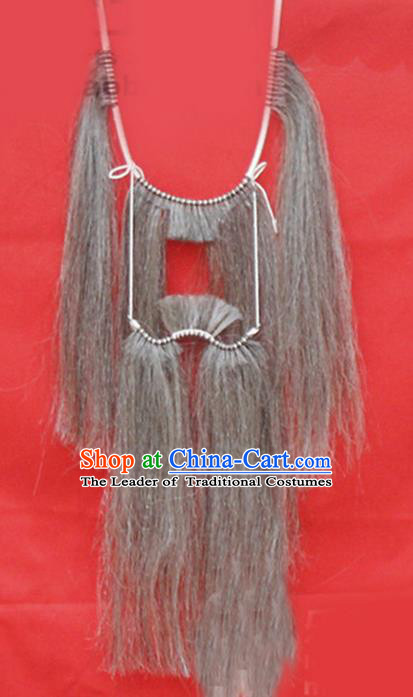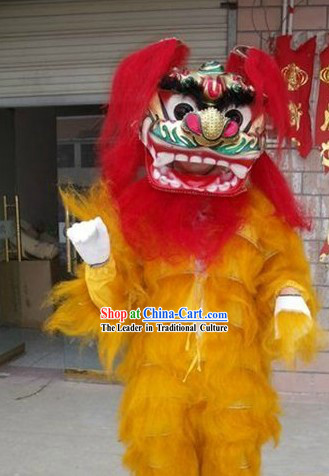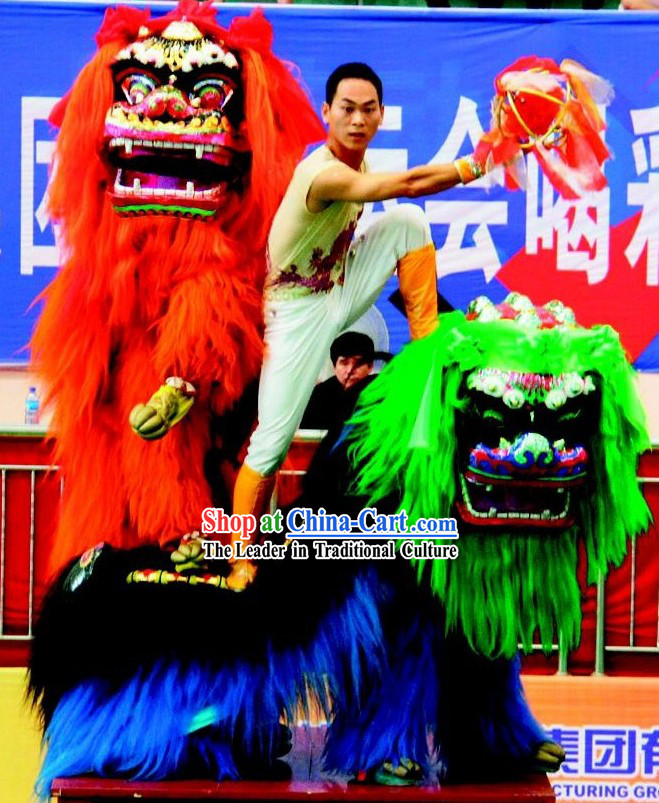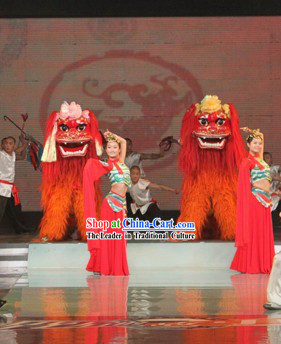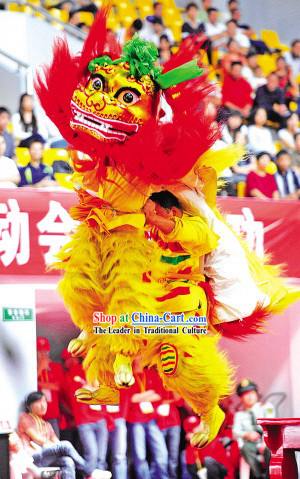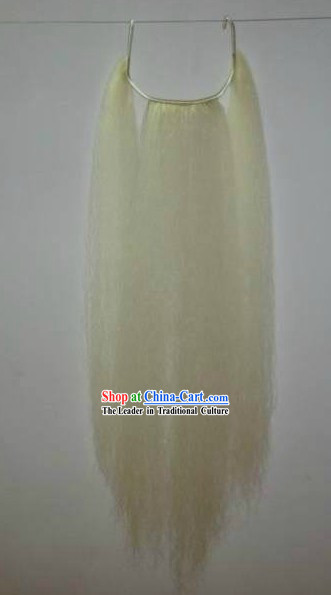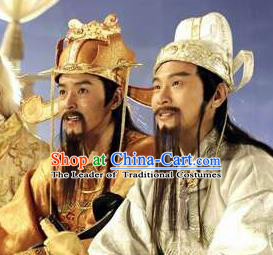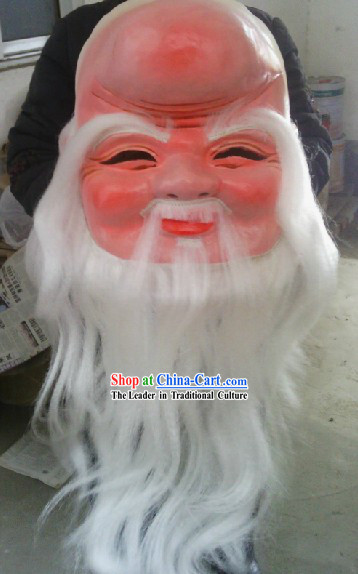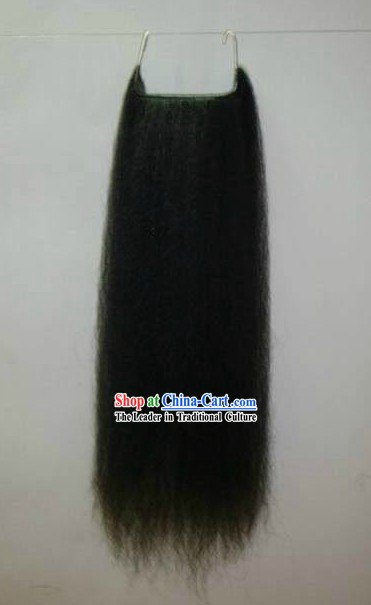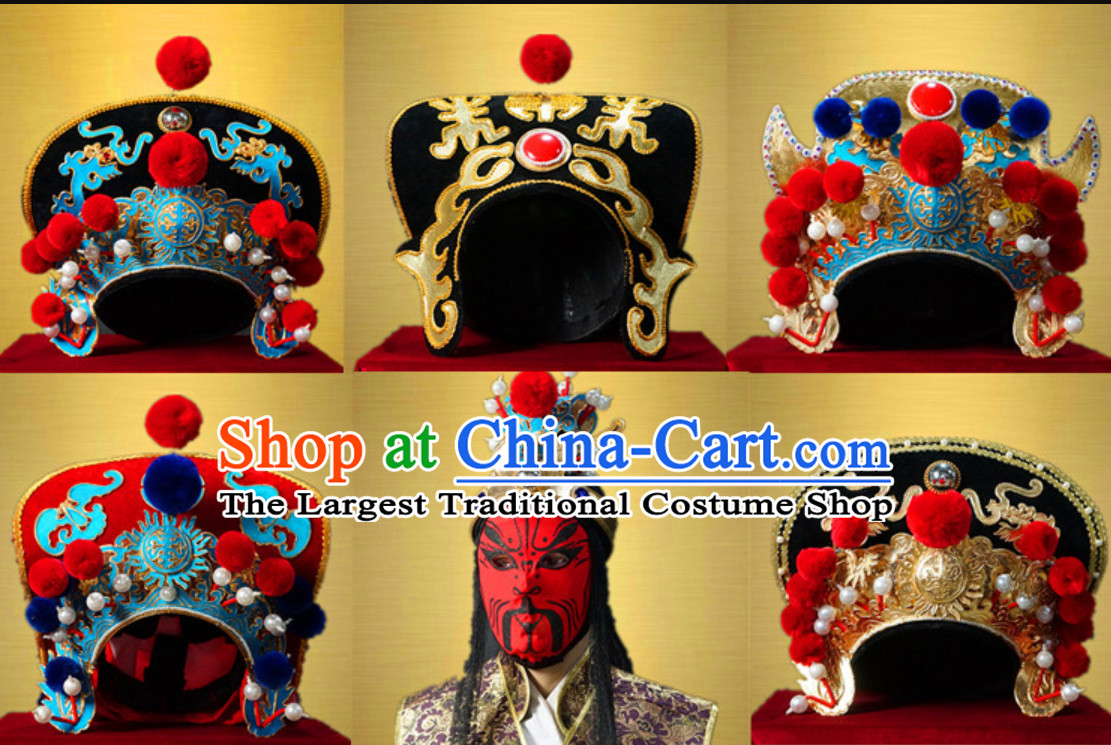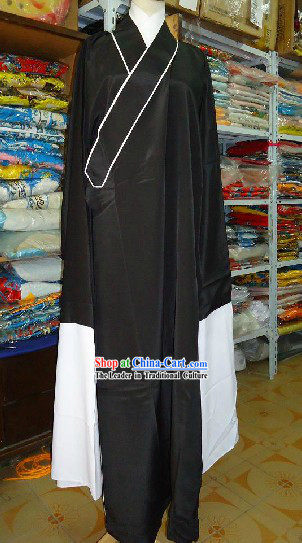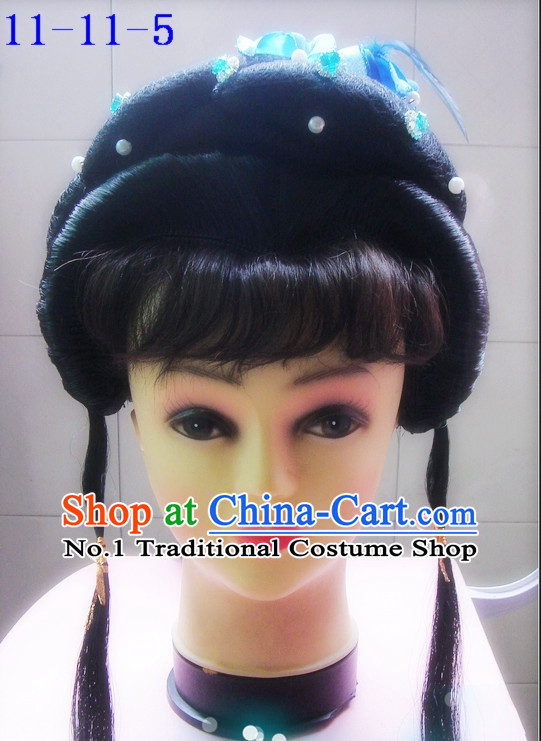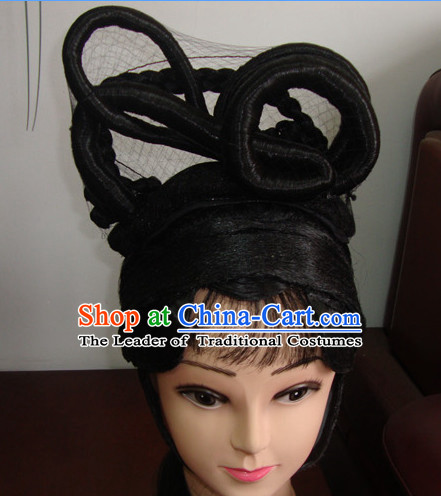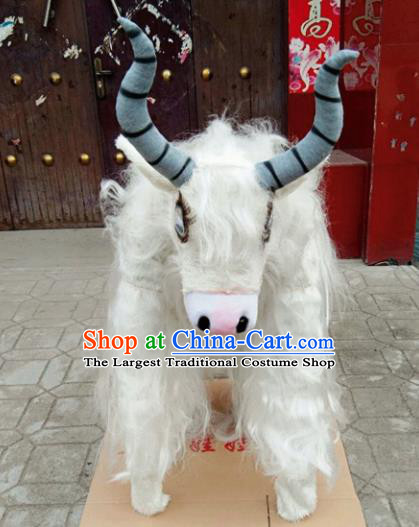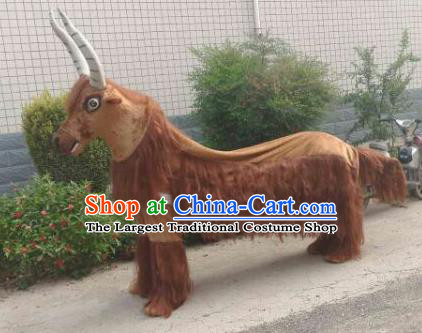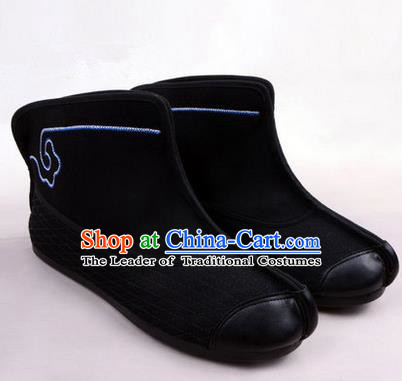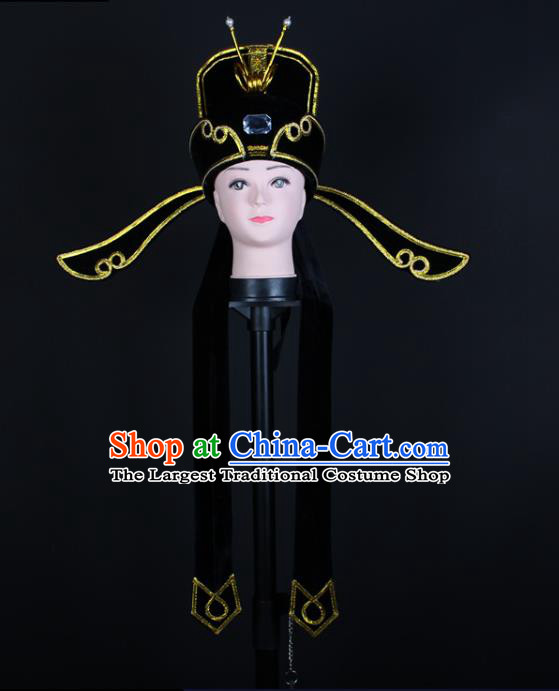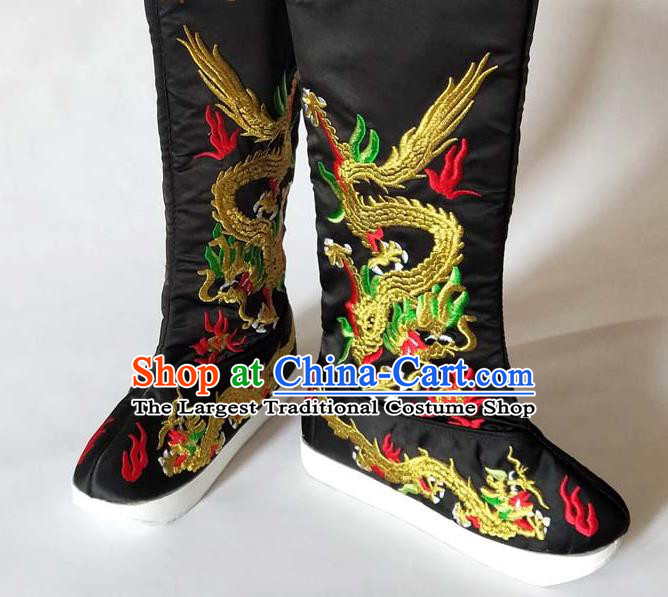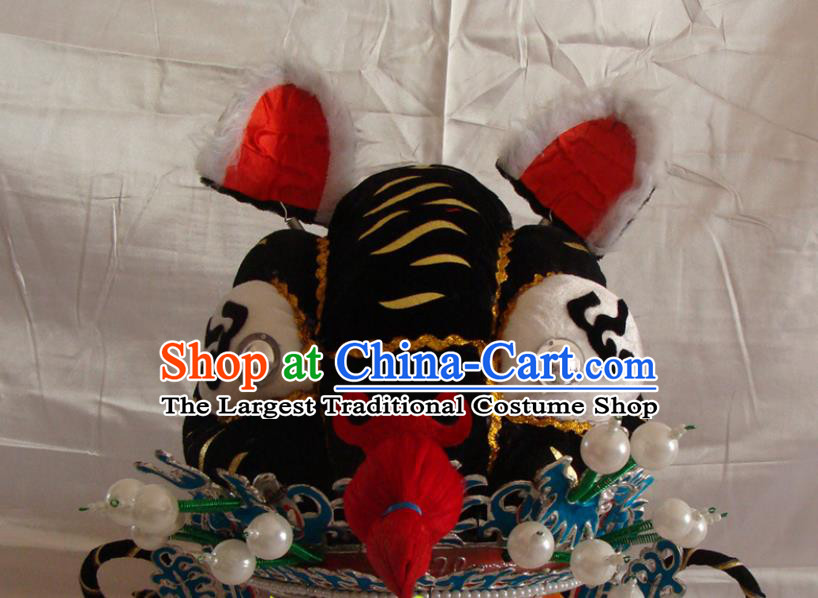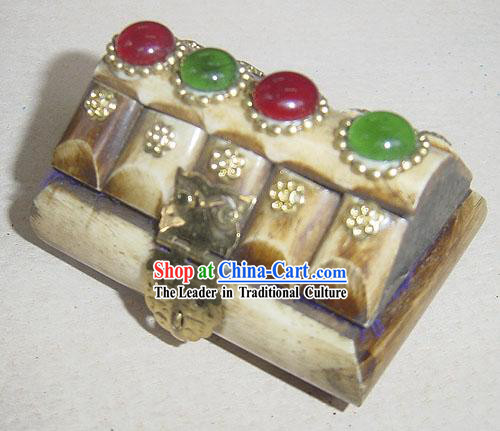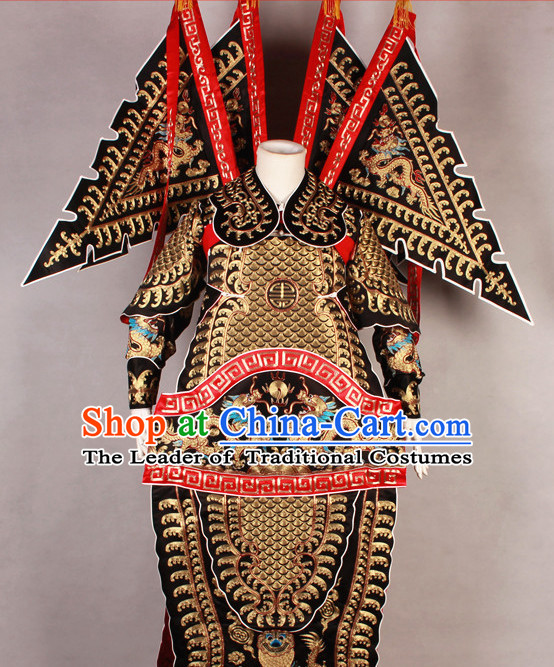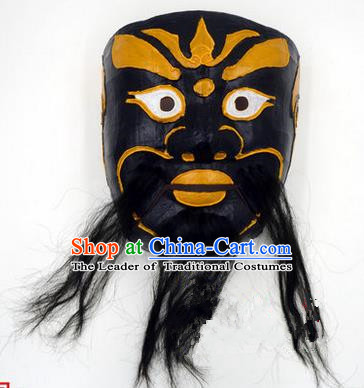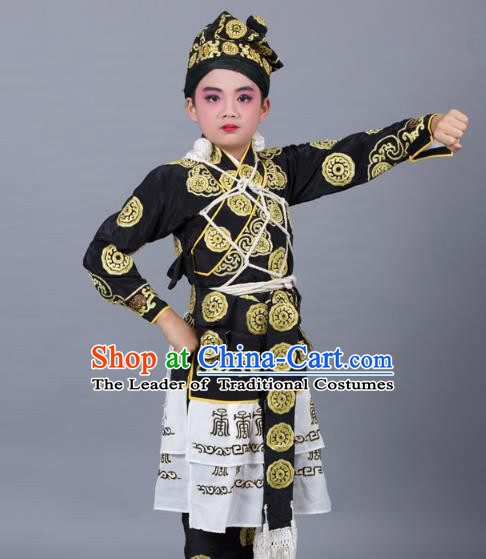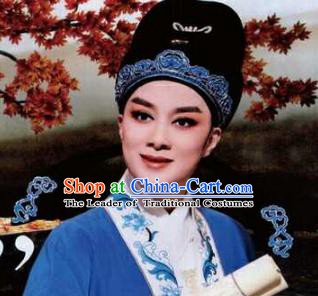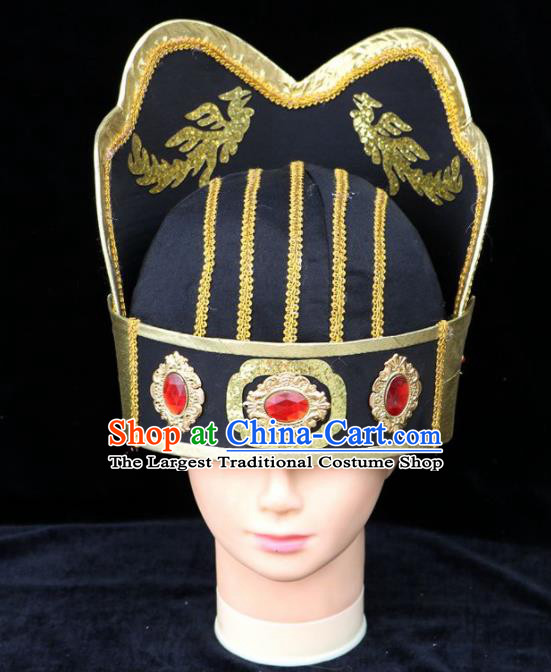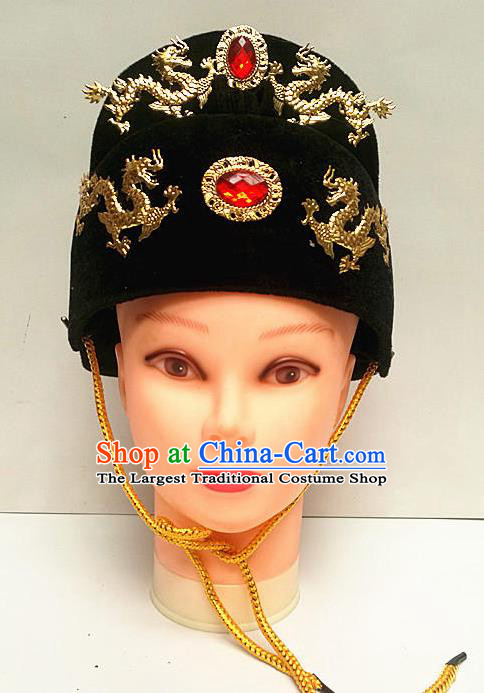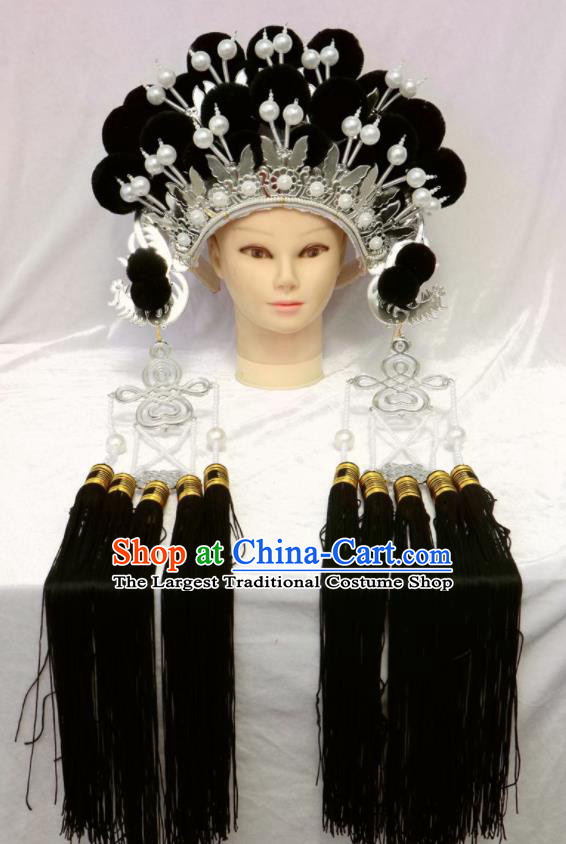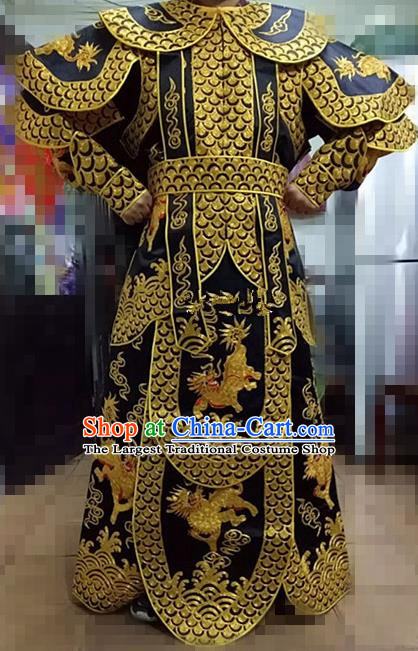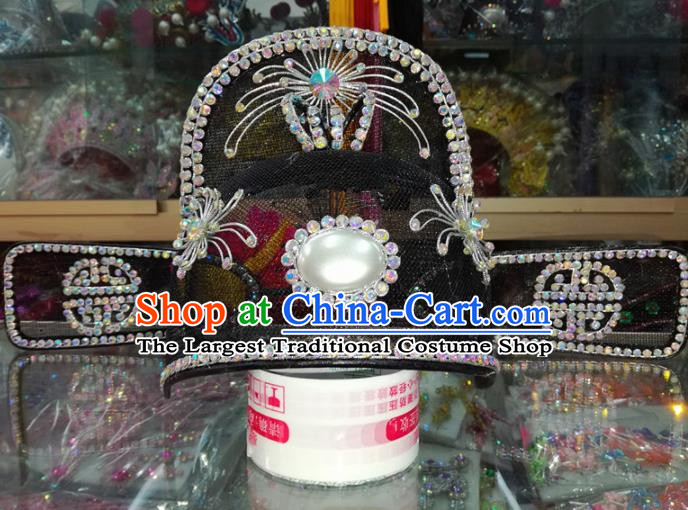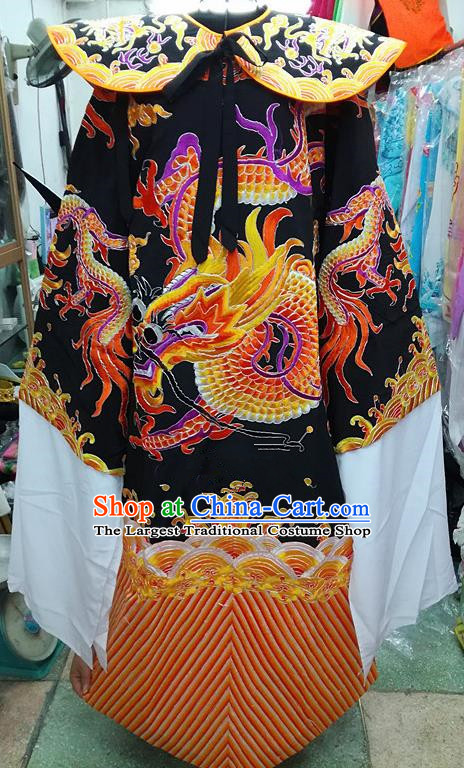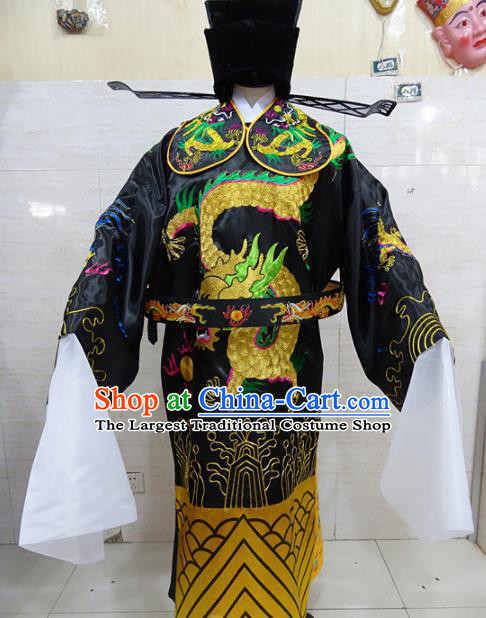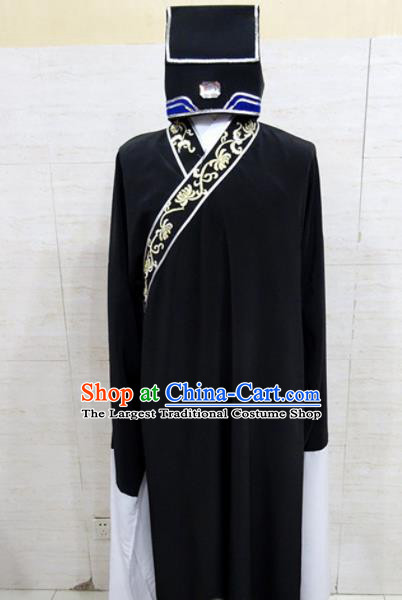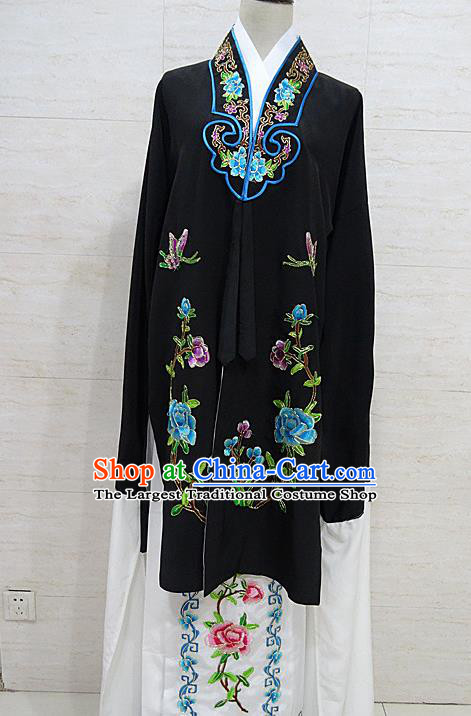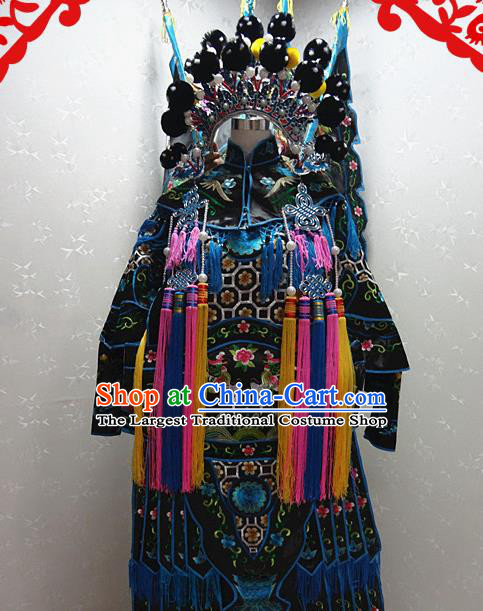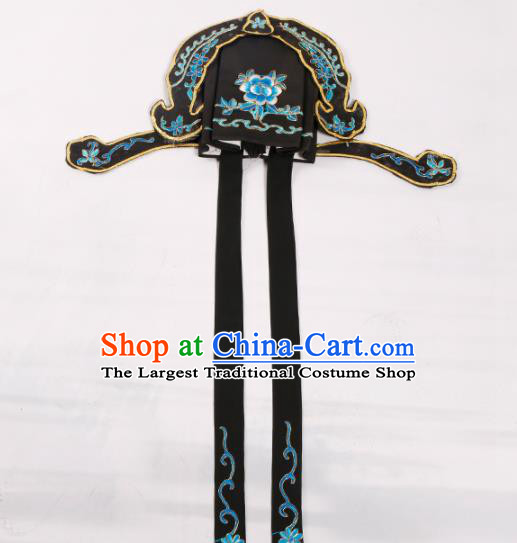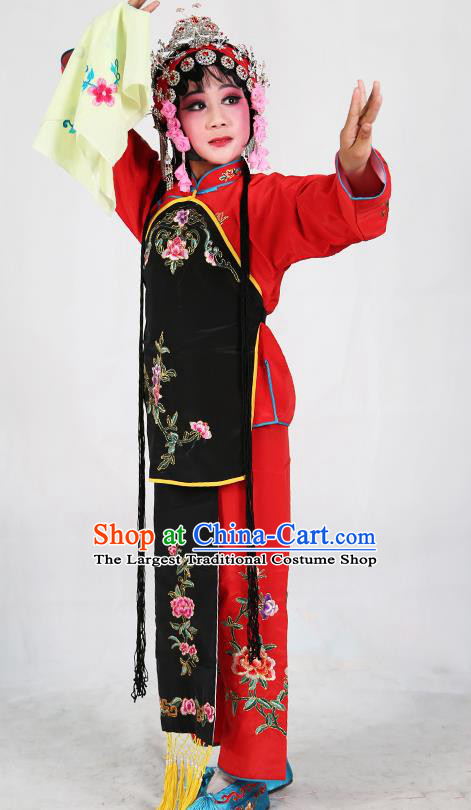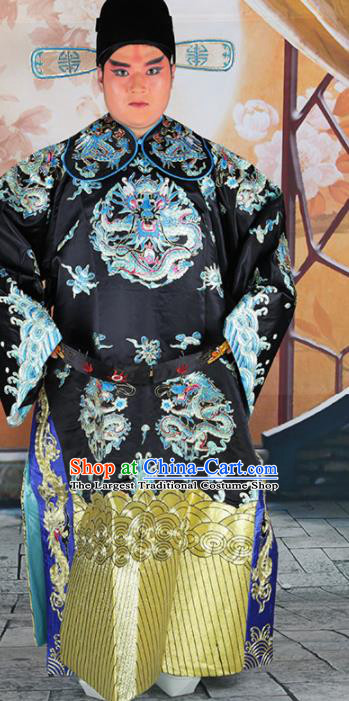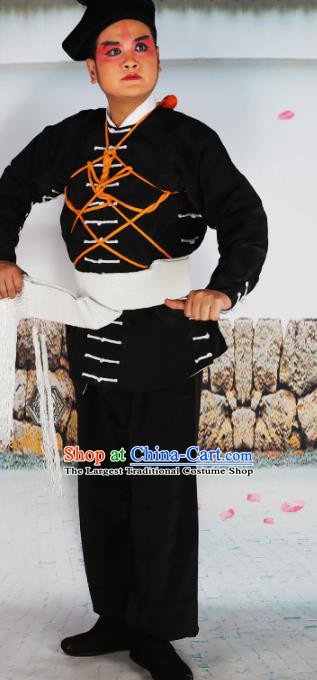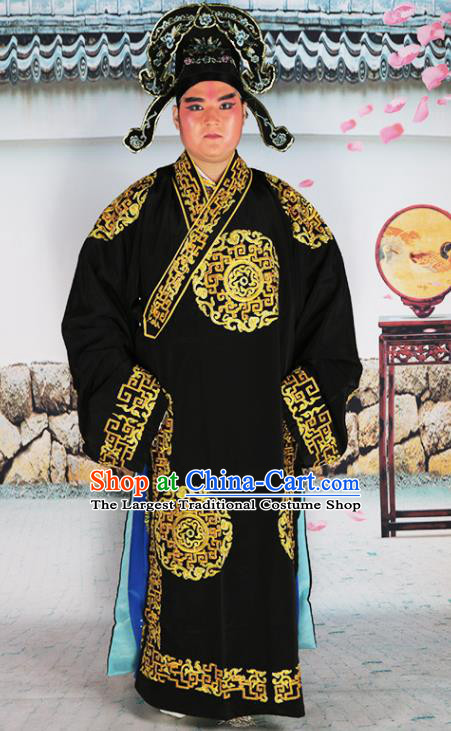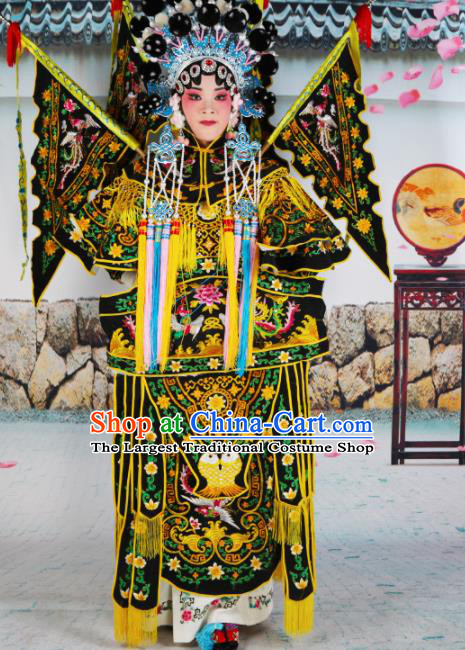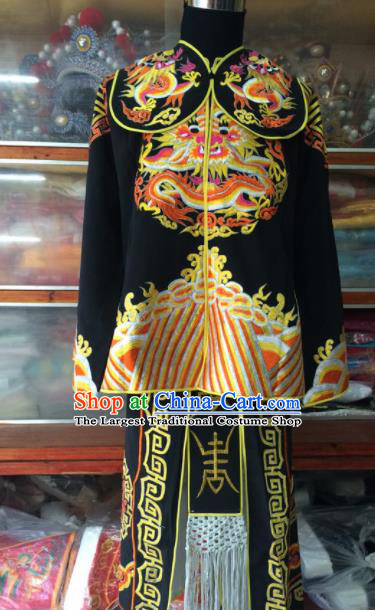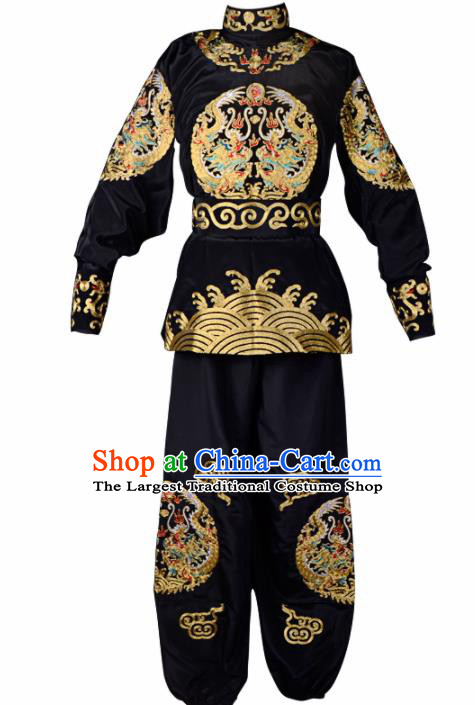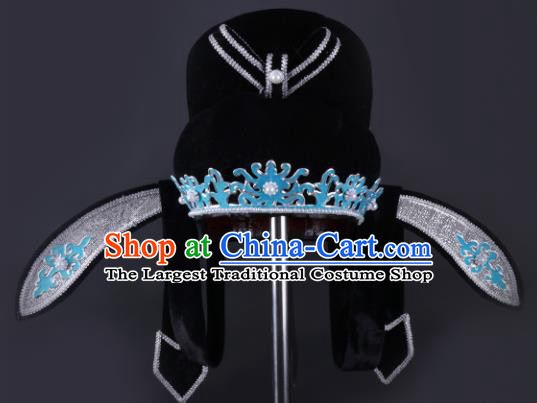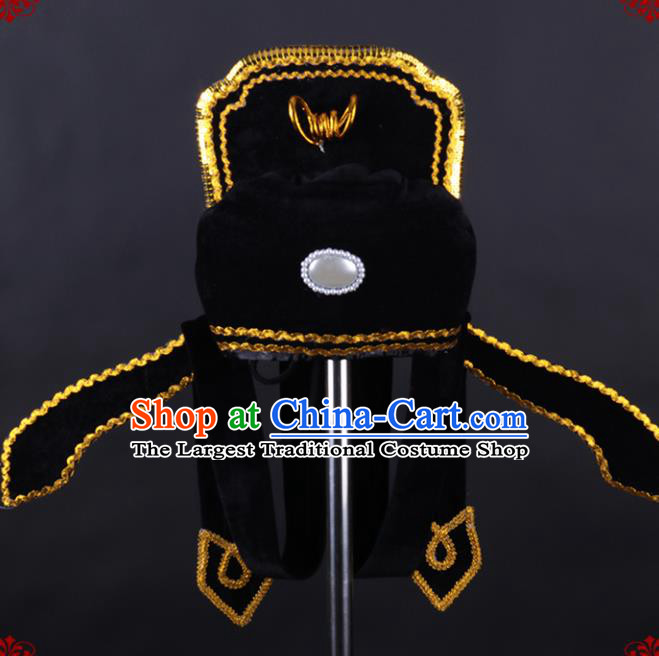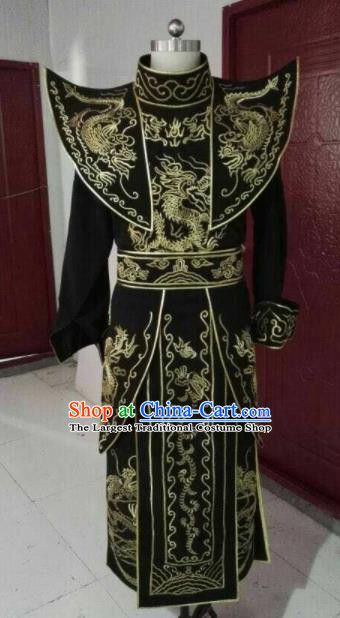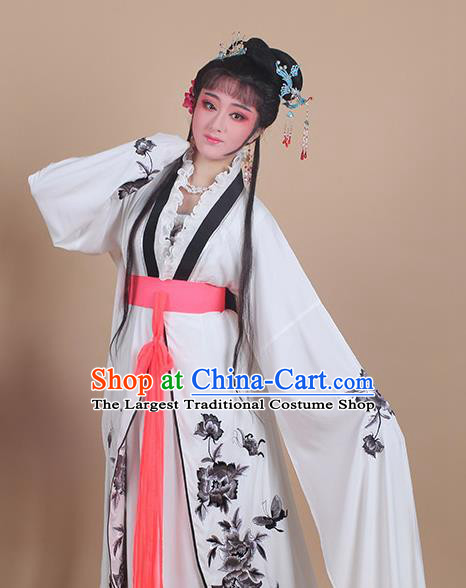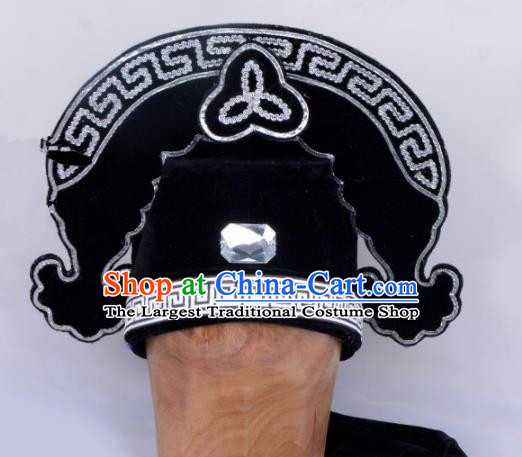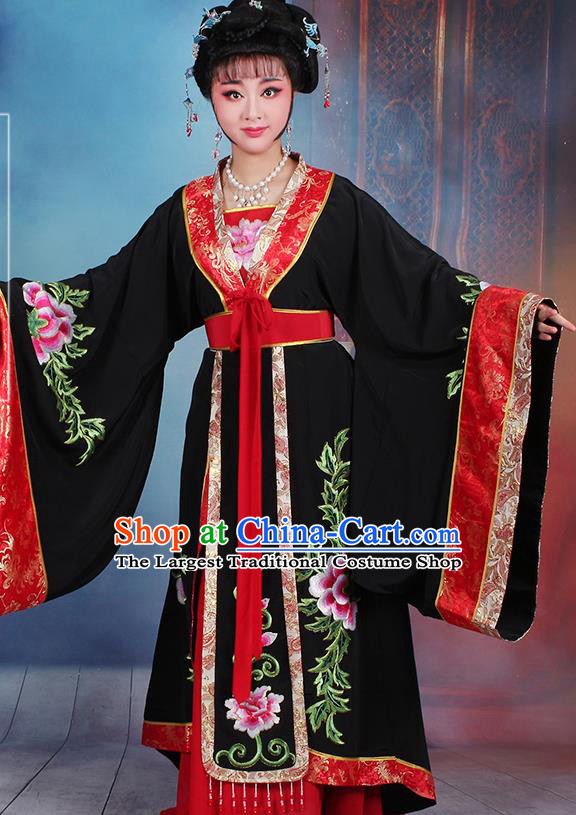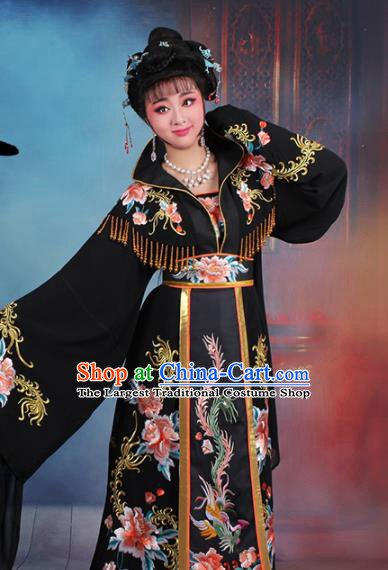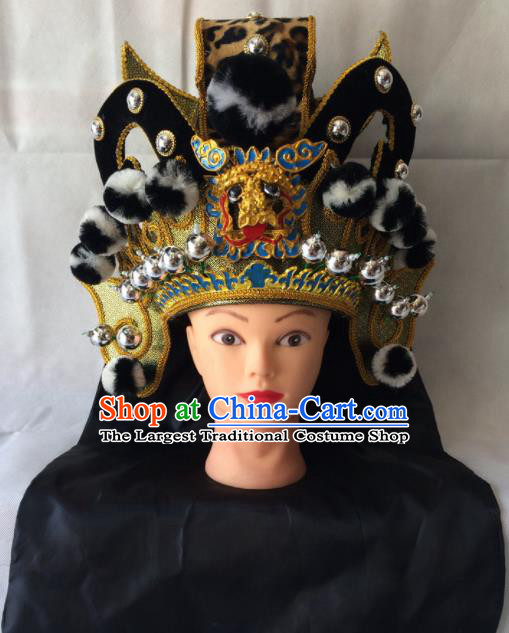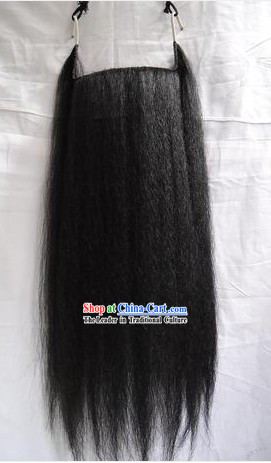
Click Related Pictures for More Audios:
Traditional Chinese Beijing Opera's black long beard is a form of theatrical performance art with a long history and rich cultural connotations.
It originated in the Qing Dynasty during the reign of Emperor Qianlong (1736-1795) and gradually developed and grew stronger towards the end of the Qing Dynasty.
Beijing Opera is famous for its unique singing style, performance style, and costumes, and is known as "the Oriental Opera."
Beijing Opera performers usually wear gorgeous costumes, including black long beards.
This type of beard is an important prop in Beijing Opera performances, symbolizing the character's identity and status.
The color of the long beard is usually black or dark brown, and the length is generally between 20 to 30 centimeters.
Actors use the beard to express emotions and actions by pulling it, making it appear vivid and powerful on stage.
In addition to the long beard, Beijing Opera has other important elements of performance, such as singing, dancing, acrobatics, and music.
Singing is the core part of Beijing Opera, performed by male singers with high-pitched tones and rich emotional expressions.
Dancing uses body movements and postures to showcase the character's personality and emotions.
Acrobatics are special stunts in Beijing Opera, including flying acrobats and somersaults.
In terms of music, Beijing Opera usually features traditional instruments like the erhu, pipa, and flute, as well as percussion and stringed instruments for accompaniment.
Overall, traditional Chinese Beijing Opera's black long beard is an art form with profound cultural roots that showcases the charm and essence of ancient Chinese culture through its unique performance style and rich elements of performance.
